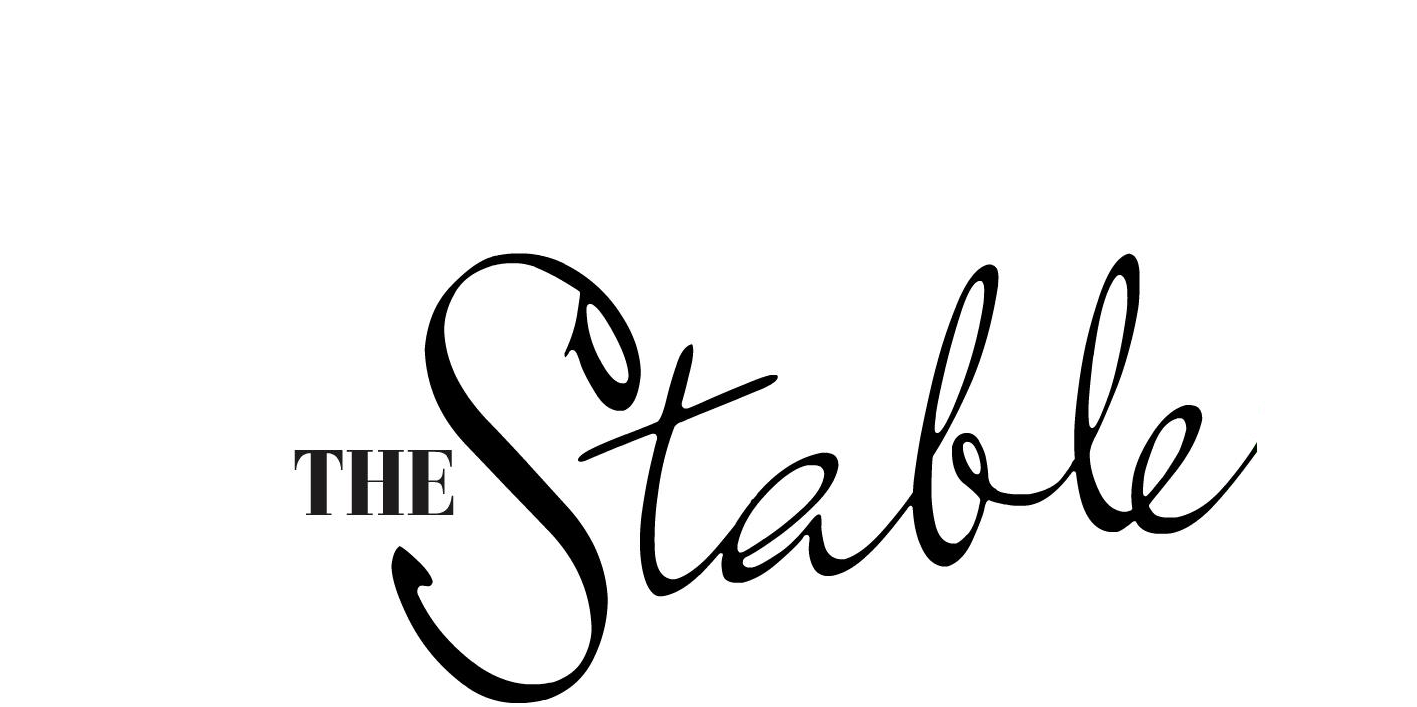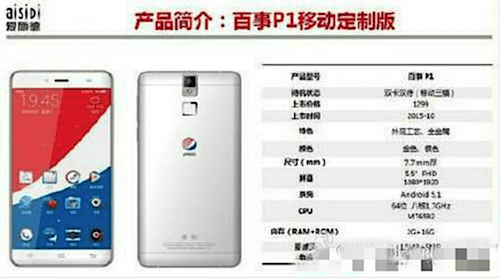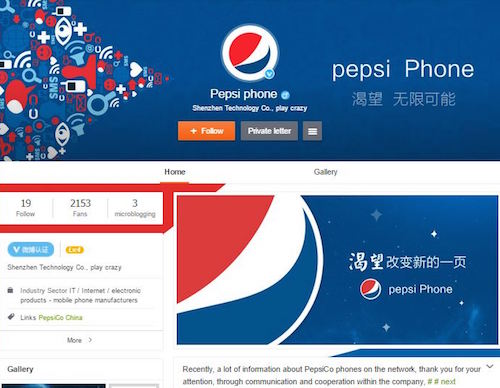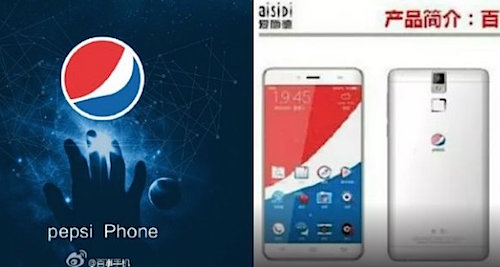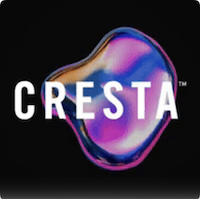The rumour that Pepsi was launching a phone in China began with a series of microblog posts on Weibo last week. This gist was that Pepsi would launch the phone next week, along with related accessories. The models would be low- to mid-range, selling for 1,299 yuan, or about AU$280. It would have “decent but not high-end specs,” and be launched on October 20.
Pepsi has now confirmed it. It is working with a licensing partner, Wanfeng Technology, on a line of mobile phones and accessories for China.
The phones will only be available in China, and Pepsi has stated that it has no plans to get into the smartphone business by itself. The deal is part of its broader strategy to expand its brand through licensing tie-ups.
It is undoubtedly an attempt to be in with the in crowd, the under 25s that are turning away from soft drinks. But while China has 525.8 million active smartphone users, with another 61% of the population waiting in the wings, and although the Chinese spent 170 minutes a day on their smartphones last year, double the time they spend watching TV (according to Millward Brown), a Pepsi phone is unlikely to make it into the top ten (or even top twenty) most wanted phones on the market.
Pepsi is keeping the features of its phone veiled in mystery. It may well be simply a phone wearing the Pepsi logo. But it (or indeed, they) might also be loaded up with apps featuring branded entertainment content, which is a significant focus of PepsiCo in China.
It is clear that Pepsi is looking for avenues other than advertising to boost its share of various markets. Brad Jakeman, president of Pepsico’s global beverage group, made his antipathy for the ad agencies on offer right now, and how marketing currently works, quite clear at the ANA’s annual Masters of Marketing conference Orlando, Florida this week.
About ad agencies he stated, “The agency model that I grew up with largely has not changed today. Yet agency CEOs are sitting there watching retainers disappear … the global alignment agency is a dinosaur concept.”
Of marketers he said, “We are still talking about the 30-second TV spot. Seriously?…We still talk about share of voice.”
He noted, too, that big consumer packaged good companies still measure marketing spending as a percentage of net revenue, “That assumes that paid media is the only way to build brands…content generated by others doesn’t cost us a cent.”

